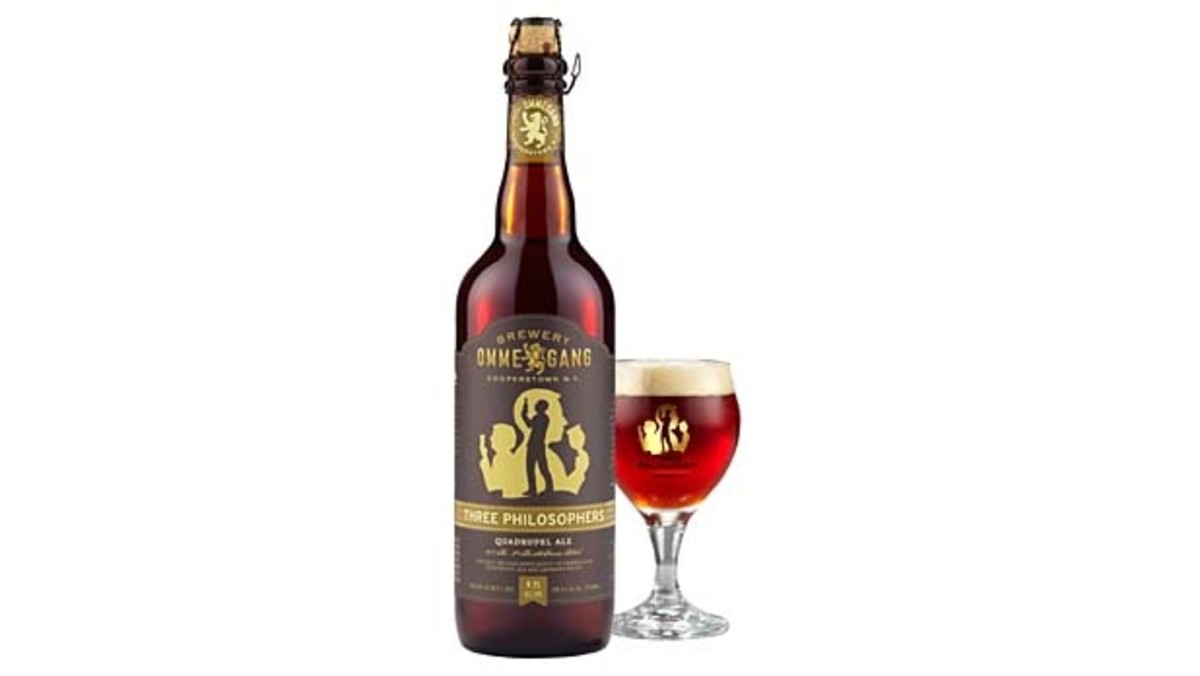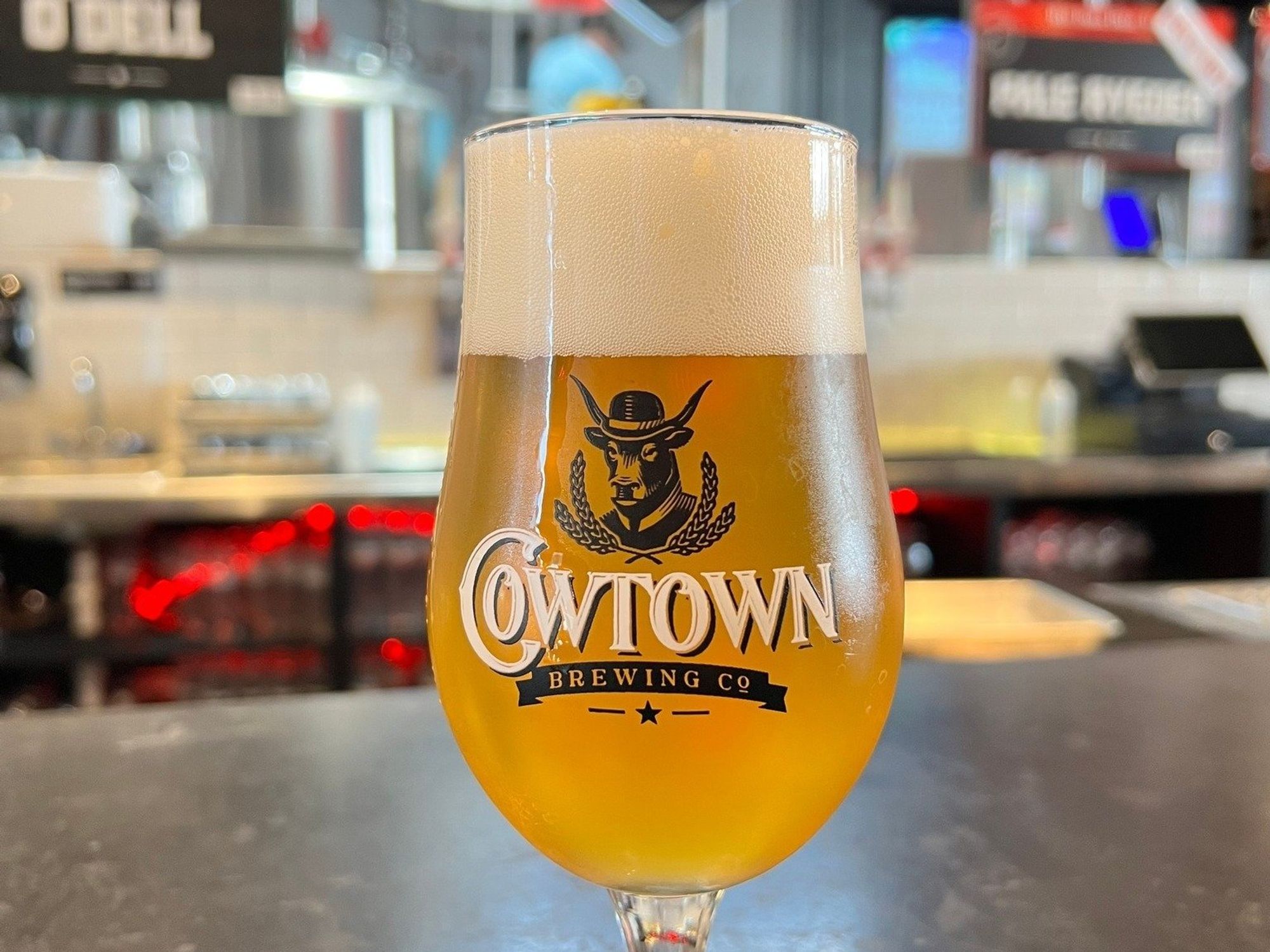Experience Premium Galveston Whiskey: A Lover's Pleasure
Wiki Article
The Ultimate Distillery Experience: From Grain to Glass, Every Little Thing You Required to Know
Beginning on a journey with the complexities of the distillery process introduces a globe where science satisfies creativity in the production of spirits. From the cautious selection of grains to the thorough crafting of each container, every action in the production line plays a critical role in shaping the last item that enhances our glasses.The Art of Grain Option
Picking the excellent grains is an essential action in the purification procedure, identifying the flavor account and top quality of the end product. The type of grain selected dramatically influences the personality of the spirit being generated - Distillery in Galveston. Usual grains utilized in distillation consist of barley, wheat, corn, and rye, each imparting distinctive flavors and features to the final product
Beyond flavor considerations, the high quality and pureness of the grains are extremely important. Distillers meticulously resource grains to ensure they are devoid of contaminants and have the needed starch material for fermentation. By grasping the art of grain choice, distillers lay the foundation for producing phenomenal spirits that mesmerize the taste.
Distillation Process Demystified
Having developed the foundation with careful grain choice, the purification procedure arises as the transformative stage where the essence of the chosen grains is opened and improved into a spirited kind. The process does not end there; numerous distillation runs or added actions such as maturing in barrels may further refine the spirit, boosting its complexity, taste, and personality. Understanding the details of the purification procedure is critical for creating high-quality spirits that astound fanatics and lovers alike.Barrel Aging and Taste Development
Throughout the barrel aging process, spirits undertake a transformative trip as they communicate with the timber, soaking up nuanced tastes and establishing an abundant complexity. The kind of wood used, generally oak, considerably affects the last taste of the spirit. Oak barrels are preferred for their one-of-a-kind homes that enhance the flavor account. As spirits age in the barrels, they draw out substances such as vanillin, lignin, and tannins from the timber, adding to the advancement of aromas like vanilla, caramel, seasoning, and even tips of toasted oak.Furthermore, the aging procedure permits oxidation to occur, leading to more chain reaction that mellow the spirit and round out any kind of rough edges. The porous nature of timber likewise allows the spirit to breathe, helping with the combination of flavors with time. Relying on the duration of aging and ecological problems like temperature and humidity, spirits can acquire various features, from refined timber notes to deep, intricate tastes that make each set unique. Ultimately, barrel aging plays an essential function in shaping the distinct taste profile of each spirit, offering a sensorial trip for lovers to relish.
Craftsmanship in Bottling and Classifying
As spirits reach their optimum taste accounts via barrel aging, the precise workmanship in bottling and classifying ends up being the next important action in presenting a premium item to customers. The process of bottling and labeling is an important element of the total distillery experience, as it is the last touchpoint before the product reaches the hands of consumers (Breweries in Galveston Texas). Craftsmanship in bottling involves making sure that each container is loaded specifically with the spirit, taking into account variables such as consistency in fill degrees and the avoidance of any contaminations getting in the bottle
Tasting and Valuing Fine Spirits
To completely value fine spirits, one need to engage all the detects in a purposeful and mindful sampling experience. When tasting fine spirits, it is important to begin by observing the spirit's appearance. Keep in mind the shade, quality, and viscosity of the liquid in the glass. Swirl the spirit carefully to launch its scent. The nose is an important feeling in sampling spirits; take a minute to inhale the facility fragrances deeply. Next off, take a little sip and allow it linger on your taste. Take notice of the various tastes that unravel - from fruity and sweet notes to spicy or great smoky touches. Consider the mouthfeel, noting if the spirit is smooth, silky, or fiery. Swish the spirit in your mouth to completely experience its appearance and preference. Ultimately, ingest gradually and appreciate the sticking around coating. Fine spirits frequently leave a positive aftertaste that can expose much more about the craftsmanship and high quality of the beverage. By involving all your Galveston Liquor senses in this way, you can truly enjoy and appreciate the complexities of fine spirits.Verdict
In conclusion, the distillery experience encompasses the elaborate art of grain choice, the specific purification procedure, the transformative barrel aging, the careful craftsmanship in bottling and identifying, and the sophisticated practice of tasting and valuing great spirits. Each step in the manufacturing process plays an essential role in developing premium spirits that mesmerize the senses and delight lovers worldwide.The kind of grain selected significantly influences the character of the spirit being produced. By understanding the art of grain selection, distillers lay the structure for producing outstanding spirits that astound the taste buds.

Report this wiki page